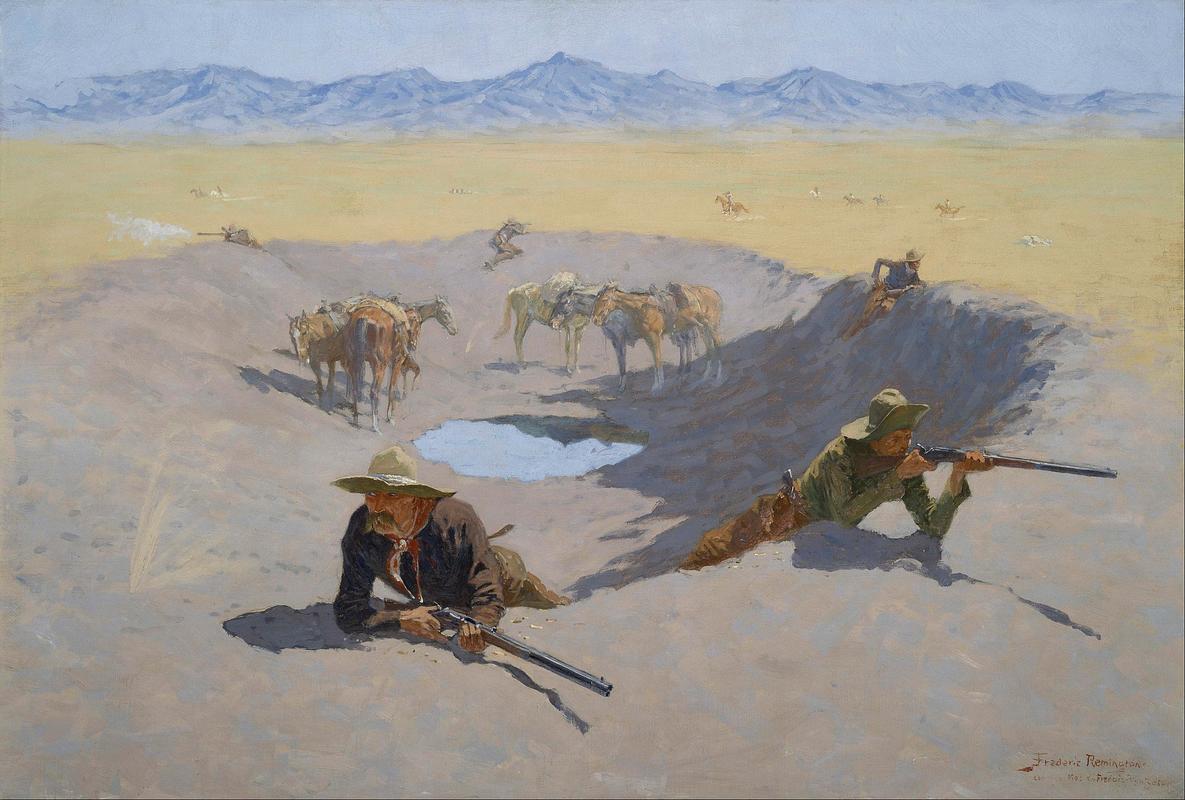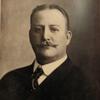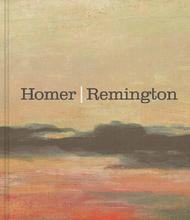More about Fight for the Waterhole
- All
- Info
- Shop

Contributor
In the wild wild west, if you die thirsty that’s on you. You’ve got to fight for the Waterhole.
Thousands of Spaghetti westerns later, this image feels all too familiar. Seen at the Museum of Fine Arts in Houston, the hardy cowboys defend their resources, shoot-you-in-the-face-alert, messing-their-pants-scared, waiting for the savage Natives to attack. Frederic Remington brought us face to face with his imagined reality at this waterhole. The American hero vs. The Vicious Tribals.
Most critics are on the same page about Frederic. He was a big ol’ racist who made offensive paintings and yet found much commercial success. You can think of him as a 19th-century version of a National Geographic Photographer with the wrong politics. Remington never took to plein-air. His friends were chatting with Monet and talking about bringing Impressionism to America. Remington couldn’t see the appeal of it. So while he was out in the field, following army generals and the wild Indians, he would take photographs and later paint off of them in his studio.
Frederic completed the painting in 1903. The cowboys are outnumbered, but in Frederic’s America, the underdog always wins. His cowboys may have found themselves in a tough spot, but we're rooting for them. You don’t get to pick a side when you look at this painting. The manly man, the real rugged man, will make it out alive. The savages will be defeated by cool, wit, and expert marksman skills. In reality, it was all the rampant massacres that finally did the "enemy" in.
The American government was responsible for the deaths of hundreds of thousands of unarmed, innocent people. Remington, however, chose to paint a story that helped the American government sleep at night.
Sources
- Artner, Alan G. "REMINGTON REMAINS MORE A TELLER OF TALES THAN FINE ARTIST." Chicagotribune.com. September 02, 2018. Accessed June 30, 2019. https://www.chicagotribune.com/news/ct-xpm-1991-07-19-9103200987-story…
- "Frederic Remington." Frederic Remington Art Museum, Ogdensburg, New York. Accessed June 30, 2019. https://fredericremington.org/frederic-remington-c4.php
- Hughey, Jesse. "The Last Battle of the American Indian Wars." Cowboys and Indians Magazine. December 20, 2018. Accessed June 30, 2019. https://www.cowboysindians.com/2018/01/the-last-battle-of-the-american-…












